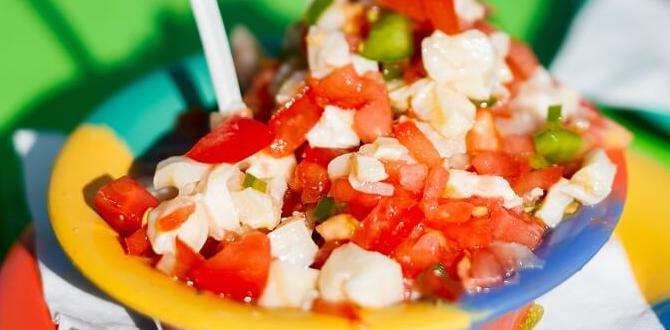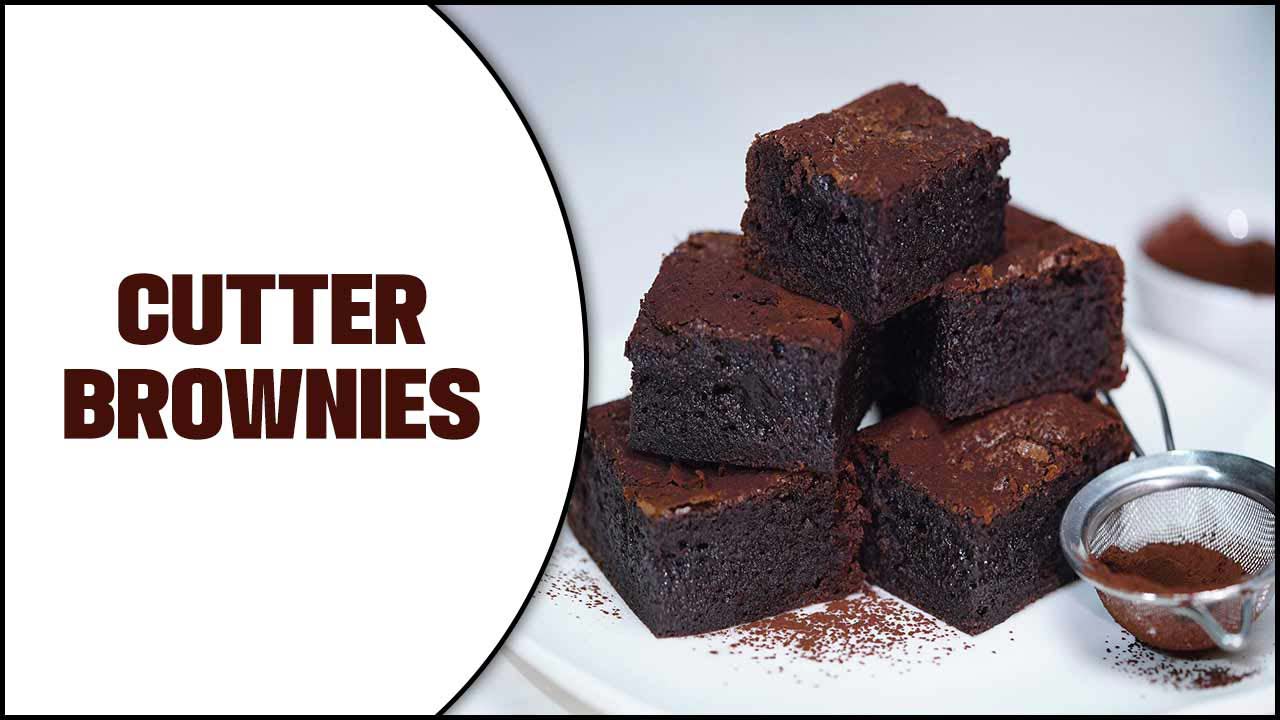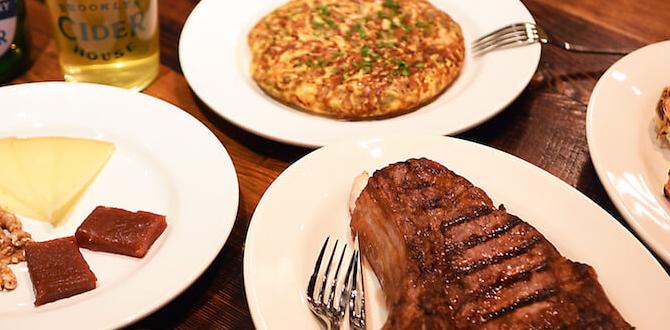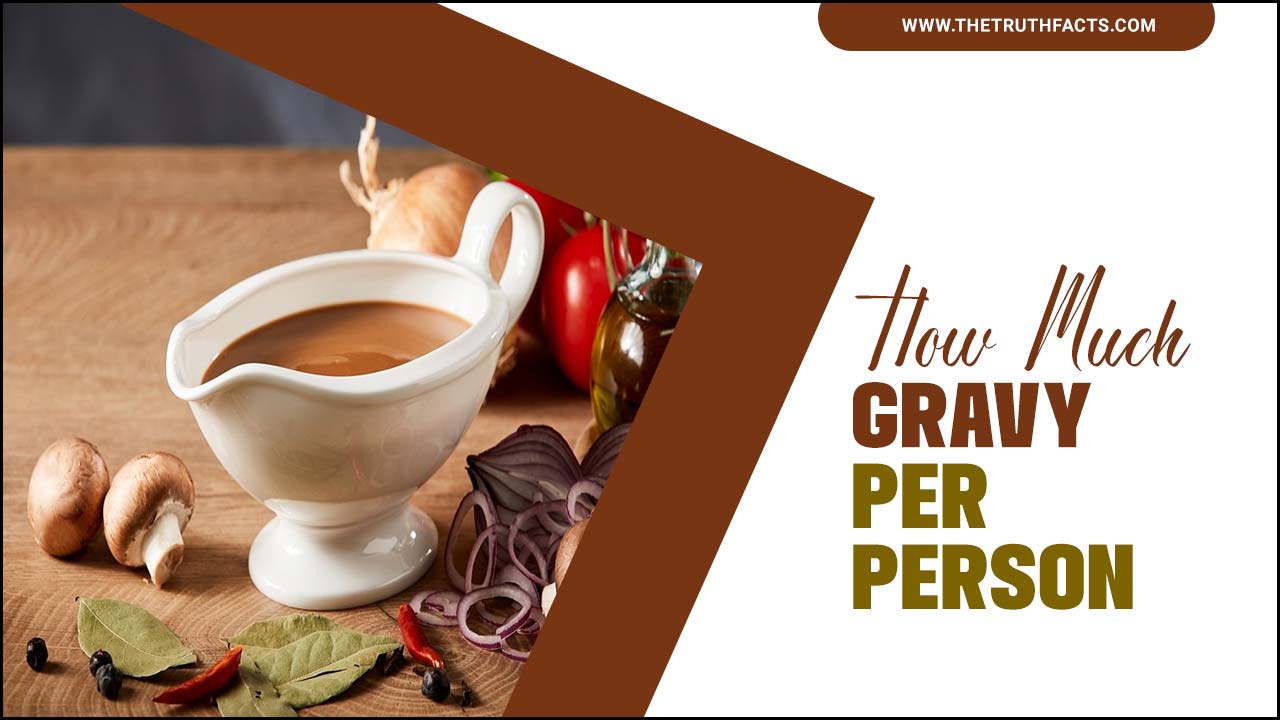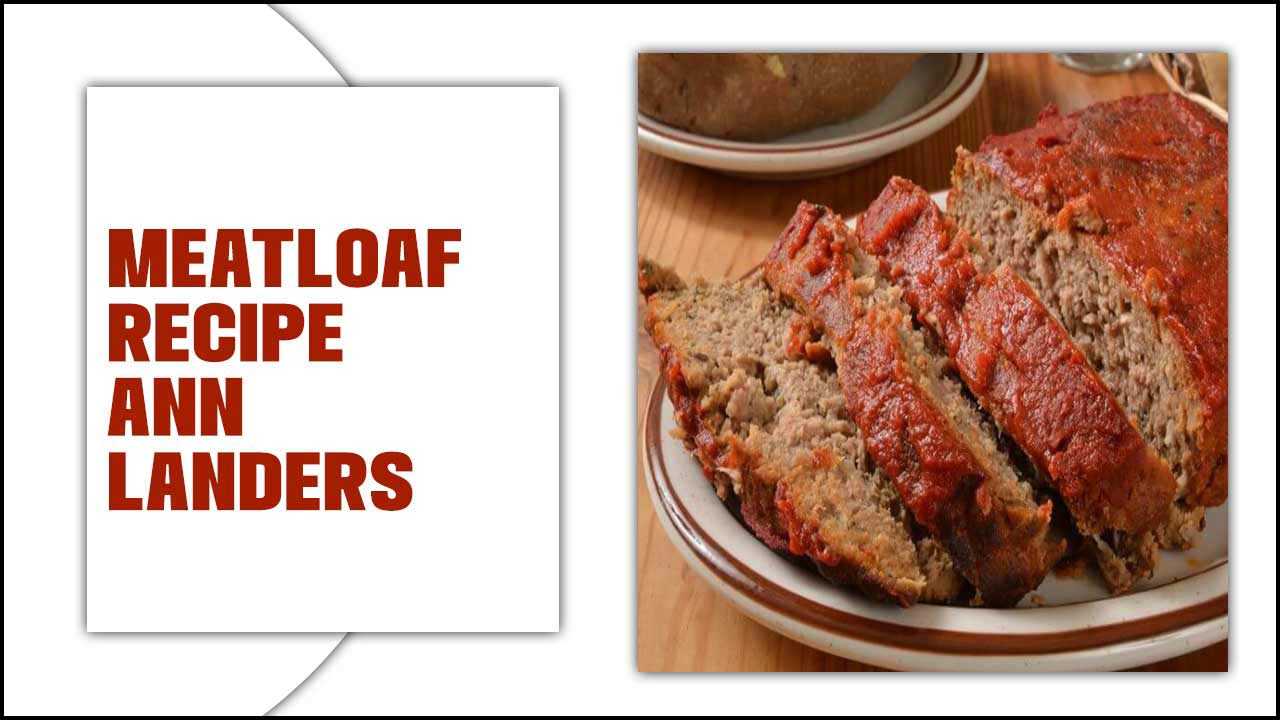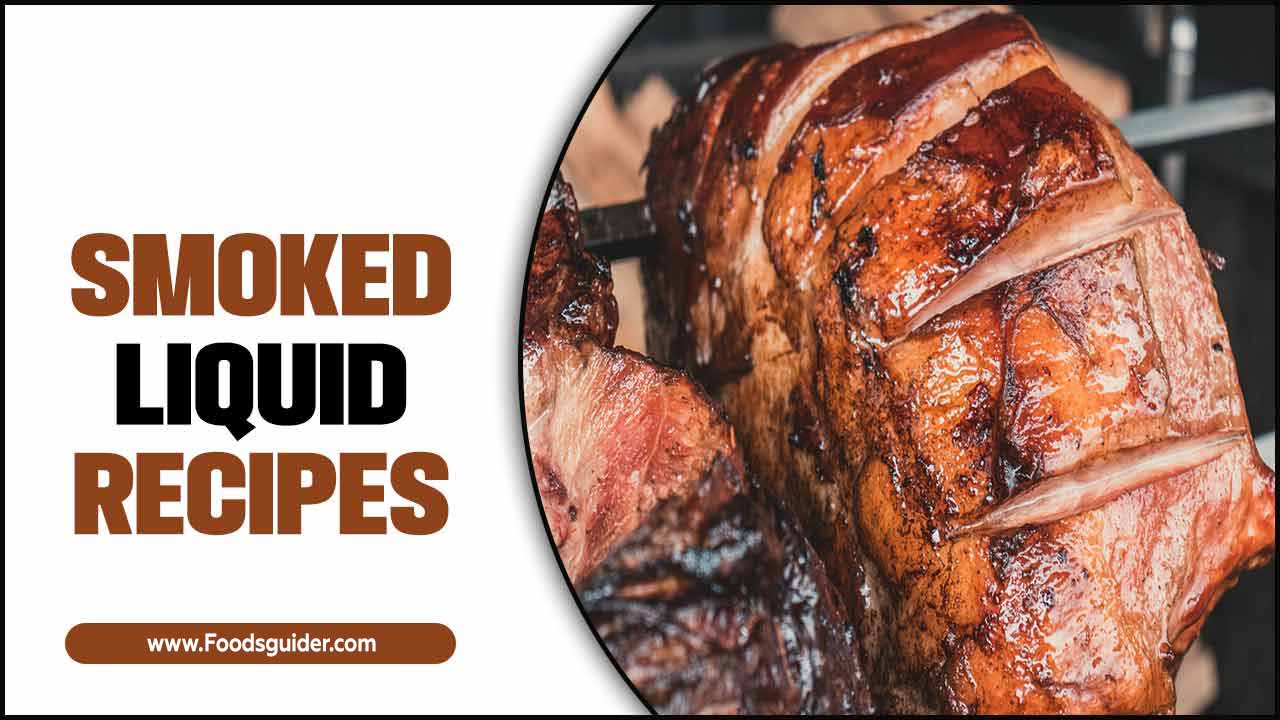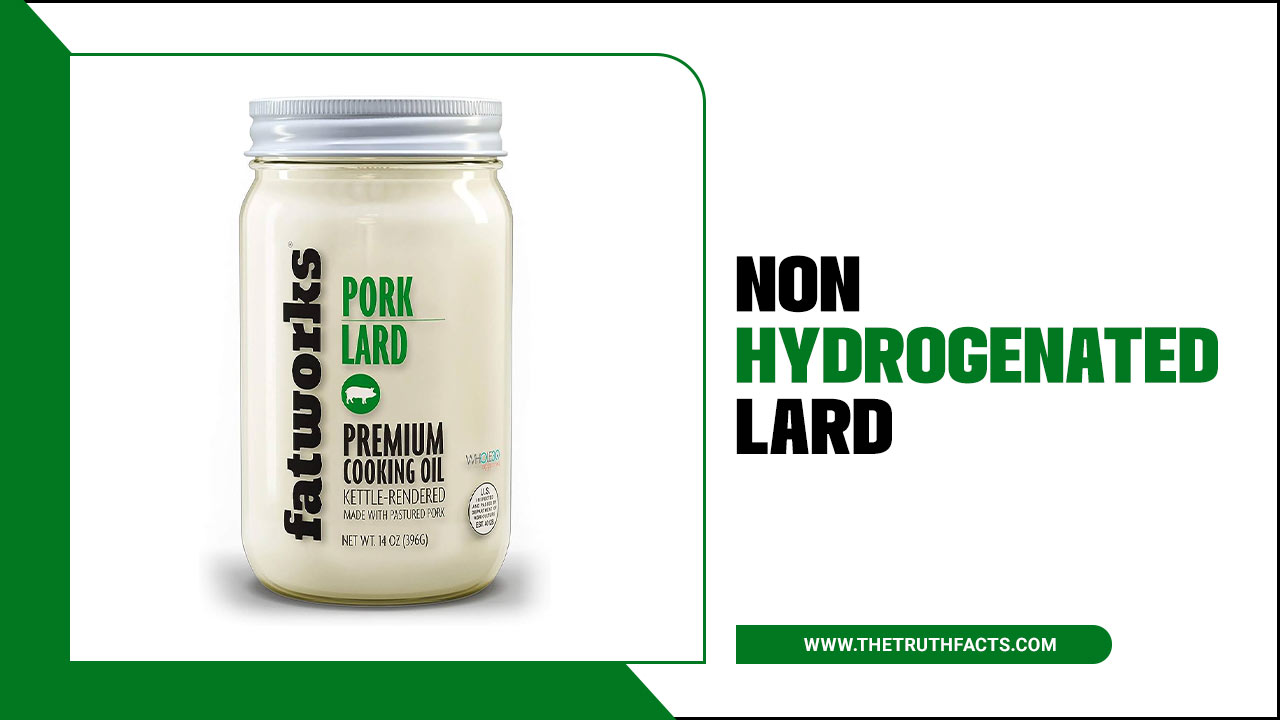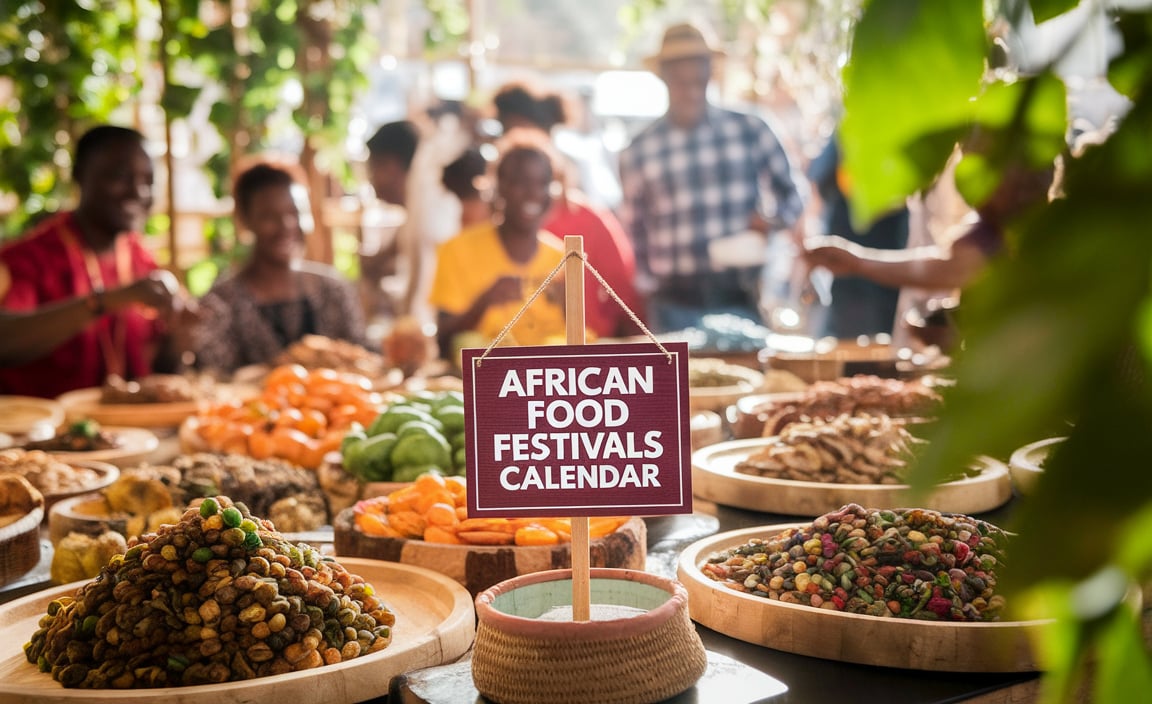For adventurous eaters seeking delicious, portable food, gourmet dehydrated meals elevate travel experiences. These lightweight, easy-to-prepare options offer restaurant-quality flavors for camping, backpacking, and global exploration without compromising taste or nutrition.
Ever dreamt of savoring a truly delicious meal while camping under the stars or exploring a faraway city? Packing food for adventures can be a challenge. You want something tasty, nutritious, and easy to prepare, but bulky ingredients and complex recipes just won’t cut it when you’re on the go. It’s frustrating to settle for bland trail mix or instant noodles when you crave something more. But what if you could have restaurant-quality flavors that fit right into your backpack? Get ready to transform your travel dining, because we’re diving into the world of gourmet dehydrated meals. We’ll show you how to choose, pack, and enjoy incredible food that makes every journey a culinary adventure!
Why Gourmet Dehydrated Meals Are Your Travel Best Friend
When we think of travel food, images of lugging heavy coolers, worrying about refrigeration, or hunting for decent meals in unfamiliar places often come to mind. Traditional cooking ingredients are heavy, perishable, and can easily spoil, adding unnecessary stress and weight to your pack. However, the culinary world has caught up with the needs of modern adventurers. Dehydrated meals have come a long way from the bland, powdery packets of the past. Today, they are a sophisticated solution for anyone who loves to explore without sacrificing the pleasure of a fantastic meal.
The process of dehydration removes most of the water from food, drastically reducing its weight and volume while preserving its nutrients and flavor. This makes them incredibly portable and long-lasting. When you’re ready to eat, a bit of hot water is all it takes to rehydrate them, bringing a delicious, hearty meal back to life. This means you can enjoy everything from gourmet pasta dishes and hearty stews to delicate curries and flavorful risottos, no matter how remote your destination.
The Rise of Gourmet Dehydrated Meals
Gone are the days when “dehydrated” meant “dull.” The market for gourmet dehydrated meals has exploded, driven by a growing demand for high-quality, convenient food solutions for outdoor enthusiasts, busy travelers, and even emergency preparedness. Brands now focus on using whole food ingredients, authentic recipes, and creative flavor combinations to create meals that are not only convenient but genuinely enjoyable.
These meals are designed to cater to a wide range of tastes and dietary needs. You can find options that are:
- Vegetarian and Vegan
- Gluten-Free
- Dairy-Free
- High in Protein
- Low in Sodium
The innovation in this sector means you’re no longer limited to basic flavors. Imagine enjoying a Thai Green Curry with Jasmine Rice after a long day of hiking, or a delicious Shepherd’s Pie while camping by a serene lake. These aren’t just meals; they are experiences designed to enhance your adventures.
Choosing Your Gourmet Dehydrated Adventure Meals
With so many options available, selecting the right gourmet dehydrated meals can feel overwhelming. Here’s a guide to help you make the best choices for your next expedition:
1. Consider Your Destination and Activity Level
Are you heading out for a multi-day backpacking trip where every ounce matters? Or perhaps a car camping weekend where weight is less of a concern? Your activity level will also dictate your caloric needs. For strenuous activities, opt for meals that are calorie-dense and rich in protein and carbohydrates.
2. Read the Ingredient List
Gourmet means quality. Look for meals made with recognizable, whole-food ingredients. Avoid those packed with artificial flavors, preservatives, or excessive sodium. Brands that are transparent about their sourcing and ingredient quality are usually a good bet.
3. Check the Nutritional Information
Pay attention to calorie count, protein, carbohydrates, and fat content. This is especially important if you have specific dietary goals or requirements. Ensure the meal provides the energy you need for your adventures.
4. Explore Flavor Profiles
This is where the “gourmet” aspect truly shines! Read reviews and descriptions to understand the flavor profiles. Are you craving something spicy and exotic, or comforting and familiar? Many brands offer a wide array of cuisines, from Italian and Mexican to Indian and Asian.
5. Evaluate Preparation Requirements
Most dehydrated meals require only boiling water and a few minutes of steeping. However, always double-check the instructions. Some might require slightly more water or a longer rehydration time, which is good to know when you’re planning your cooking setup.
6. Consider Packaging
Most meals come in sturdy pouches that double as serving bowls, which is incredibly convenient. Ensure the packaging is durable enough to withstand the rigors of travel.
Top Dehydrated Meal Categories for Travelers
The variety of gourmet dehydrated meals available means there’s something perfect for every palate and every type of trip. Here are some popular categories:
- Hearty Breakfasts: Start your day right with options like oatmeal with dried fruit and nuts, scrambled eggs with vegetables, or even a breakfast skillet.
- Comforting Lunches and Dinners: These are where the gourmet aspect truly shines. Think Beef Stew, Chicken Alfredo, Lentil Shepherd’s Pie, Black Bean Enchiladas, Pad Thai, and various curries.
- Global Flavors: Embark on a culinary journey with authentic-tasting Indian Butter Chicken, Thai Green Curry, Mexican Fajitas, or Italian Pasta Primavera.
- Vegetarian & Vegan Delights: Many brands offer delicious plant-based options, such as Mushroom Risotto, Sweet Potato & Black Bean Chili, or Veggie Curry.
- Low-Calorie/High-Protein Options: Perfect for endurance athletes or those managing their intake, look for meals specifically designed to be light yet filling.
DIY Dehydrated Meals: A Budget-Friendly Gourmet Approach
While buying pre-made gourmet dehydrated meals is convenient, making your own can be a rewarding and cost-effective way to enjoy personalized flavors. It also gives you complete control over ingredients. Here’s how you can get started:
What You’ll Need:
- Food Dehydrator: An essential tool for evenly drying food. Models vary in price and capacity. You can find great options from brands like Excalibur or Nesco.
- Sharp Knife and Cutting Board
- Airtight Storage Containers or Vacuum Sealer Bags: For long-term preservation.
- Your Chosen Foods: Think lean meats, vegetables, fruits, cooked grains, and pasta.
The Dehydration Steps:
- Prepare Your Ingredients: Cook any meats thoroughly. Slice vegetables and fruits thinly and uniformly for even drying. For meals like pasta dishes or casseroles, cook them until al dente (slightly firm) before dehydrating. Ensure there’s no excess liquid.
- Dehydrate: Spread your ingredients in a single layer on the dehydrator trays. Follow your dehydrator’s instructions for specific food types, but generally, aim for temperatures that preserve nutrients while effectively removing moisture. For cooked meals, breaking them down into smaller pieces and spreading them out will aid drying.
- Dry Until Brittle: Foods should be completely dry and brittle or leathery, with no signs of moisture. This can take anywhere from 6 to 12 hours or even longer, depending on the food and dehydrator.
- Cool and Store: Once dehydrated, let the food cool completely. Store in airtight containers or vacuum-sealed bags. For meals you plan to assemble later, store individual components separately.
Assembling Your DIY Dehydrated Meal Packs
To create single-serving meal packs, combine your dehydrated ingredients in the desired proportions into individual freezer bags or vacuum-sealed pouches. For example, a “Shepherd’s Pie” pack might include dehydrated ground beef, dehydrated peas and carrots, and dehydrated mashed potato flakes. When you’re ready to eat, simply add hot water, let it rehydrate, and enjoy a homemade gourmet meal.
Essential Gear for Dehydrated Meal Adventures
Beyond the delicious dehydrated meals themselves, a few key pieces of gear will make preparing and enjoying them a breeze, whether you’re on a mountain trail or a distant beach.
Cooking Equipment:
- Lightweight Stove: Options range from compact canister stoves (like those from MSR or Jetboil) to efficient liquid fuel stoves for colder climates.
- Pot and Lid: A small, durable pot that can handle boiling water. Many backpacking stoves integrate with a pot system.
- Fuel: Ensure you have enough fuel for your trip.
- Mug or Bowl: For eating and drinking.
- Utensils: Lightweight sporks or foldable sets are ideal.
Water Solutions:
- Reusable Water Bottles or Hydration Reservoir
- Water Filter or Purification Tablets: Essential for accessing safe drinking water, especially when you can’t rely on treated sources. Organizations like the CDC provide valuable information on safe water practices.
Clean-up Tools:
- Biodegradable Soap
- Small Sponge or Scraper
- Trowel (for proper waste disposal)
Tips for Maximizing Flavor and Enjoyment
Elevating your dehydrated meal experience goes beyond just adding water. A few simple tricks can make a world of difference.
1. Pre-heat Your Water
Always use boiling water for the best results. Ensure your water is fully at a rolling boil before adding it to the meal packet.
2. Allow Sufficient Steeping Time
Patience is key! Resist the urge to dig in immediately. Most meals require at least 10-15 minutes of steeping, sometimes longer. This allows all ingredients to rehydrate properly and flavors to meld.
3. Stir Occasionally
Give your meal a good stir halfway through the steeping time. This helps prevent clumping and ensures even rehydration.
4. Add Fresh or Dried Enhancements
A little extra something can transform a good meal into a great one. Consider these additions:
- Spices: A pinch of your favorite hot sauce, red pepper flakes, or dried herbs can add a personal touch.
- Dried Vegetables: Adding a few extra dehydrated vegetables can boost texture and flavor.
- Nuts or Seeds: For a bit of crunch and added protein.
- Cheese: Hard cheeses that travel well can be a great addition to pasta or rice dishes.
5. Don’t Forget Hydration
Dehydrated meals require water to rehydrate, so ensure you are drinking plenty of water throughout your adventure. Staying hydrated is crucial for overall well-being and helps your body process your food.
Dehydrated Meal Adventures: A Comparison
To help you decide between pre-made options and DIY, let’s look at the pros and cons:
| Feature | Pre-Made Gourmet Dehydrated Meals | DIY Dehydrated Meals |
|---|---|---|
| Convenience | Highest. Ready to eat with just hot water. | Moderate. Requires cooking ingredients and dehydrating them first. |
| Variety & Flavor | Excellent. Professionally developed recipes, diverse cuisines. | Limited by your cooking and dehydrating skills, but highly customizable. |
| Cost | Higher per serving. | Potentially lower per serving if you buy in bulk and make many meals. |
| Ingredient Control | Varies by brand; some offer excellent transparency. | Complete control over ingredients, sourcing, and quality. |
| Time Investment | Minimal. Just rehydration. | Significant. Involves cooking, dehydrating, and packaging. |
| Learning Curve | None. | Moderate. Requires learning dehydration techniques. |
Common Questions About Gourmet Dehydrated Meals
Q1: How long do dehydrated meals last?
Properly stored dehydrated meals can last for years, often with a best-by date ranging from 5 to 25 years, depending on the brand and ingredients. Always check the packaging for specific guidance.
Q2: Are dehydrated meals as healthy as fresh meals?
Many gourmet dehydrated meals retain most of their original nutritional value. They are often made with whole food ingredients and are a great source of calories and nutrients for active lifestyles. However, it’s always good to check the nutrition labels.
Q3: What is the best way to rehydrate a meal?
The most common and effective method is to add boiling water directly to the meal pouch, seal it, and let it stand for the recommended time (usually 10-20 minutes). Stirring halfway through helps ensure even rehydration.
Q4: Can I rehydrate a meal with cold water?
While possible, using cold water is not recommended for most dehydrated meals. Hot water is essential for proper rehydration and to ensure a safe temperature for consumption. Cold water can lead to an unevenly rehydrated meal.
Q5: What’s the difference between freeze-dried and dehydrated meals?
Freeze-drying removes water at very low temperatures, preserving more of the food’s original structure, flavor, and nutrients, making it lighter and often more expensive. Dehydration uses heat to remove water, which can alter texture and flavor slightly but is typically more cost-effective.
Q6: Are dehydrated meals suitable for children or the elderly?
Yes, many dehydrated meals can be suitable. For children, choose milder flavors and ensure the meal isn’t too hot. For the elderly, the ease of preparation and digestibility can be beneficial, but check nutritional content and any specific dietary needs.
Q7: Where can I buy gourmet dehydrated meals?
You can find them online from specialty outdoor gear retailers, directly from manufacturers’ websites, and increasingly in health food stores or larger supermarkets in their camping/travel sections.
Conclusion: Your Next Culinary Adventure Awaits
Dehydrated meals have revolutionized travel dining, offering an unbeatable combination of convenience, portability, and incredible flavor. Whether you’re a seasoned thru-hiker, a weekend camper, a road-tripping foodie, or simply someone looking for a quick, delicious meal at home, gourmet dehydrated options are a game-changer. They empower you to explore further, dine better, and truly savor every moment of your journey.
From the sophisticated flavors of professionally crafted meals to the satisfying accomplishment of creating your own, the world of dehydrated foods is vast and exciting. So, the next time adventure calls, don’t let meal planning weigh you down. Pack smart, eat exceptionally, and make your travels a gourmet experience. Happy trails and happy eating!

